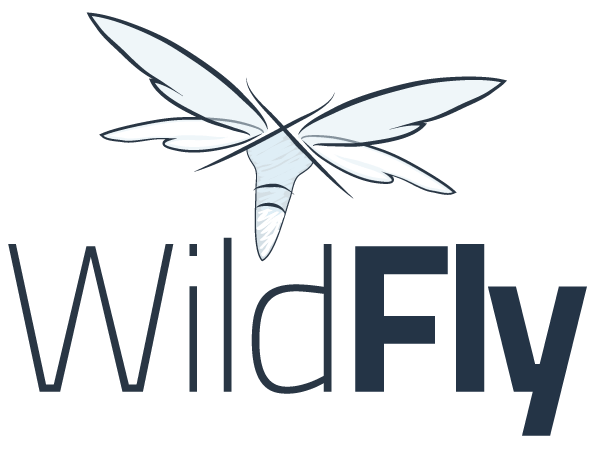This article will teach you an Admin Tip to check the configuration changes that you have applied to the WildFly Model using the Command Line Interface.
WildFly Glow: Next-Gen Evolution in Provisioning
In the ever-evolving landscape of application provisioning, WildFly project introduces a groundbreaking provisioning tooling: WildFly Glow. An advanced successor to WildFly Galleon, WildFly Glow automatically combines the Galleon Feature-packs and Layers that your application needs! Let’s dive into the features and capabilities of WildFly Glow.
